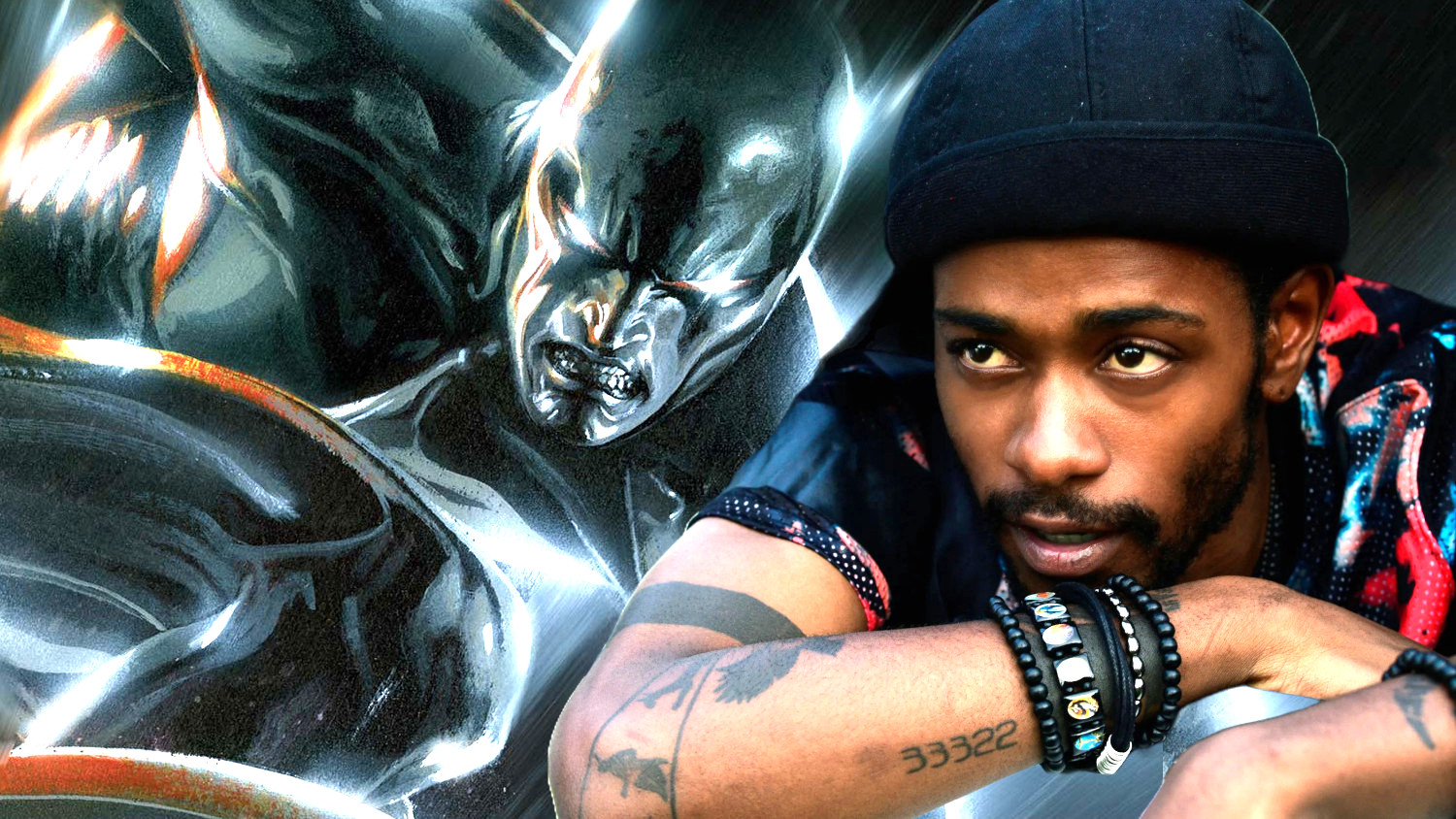Professor X Never Had This Problem
A Film Review of Insidious
By: Lawrence Napoli
 The horror genre presents a particular challenge to filmmakers who really want to try to make a very good film without falling prey to some of the most stereotypical conventions associated with any genre of cinema. Bad acting, cheesy effects, absurd plot, shallow characters and the ability to produce fear based on quick cuts and extreme spikes in sound level seem to go hand in hand with contemporary horror. But perhaps these elements would not be as pronounced in the vast majority of American horror if the formula for producing it (protagonist + monster + killing = suspense/escape or death) wasn’t beaten to death, reassembled and pulverized again. The ability to do something different, despite conventionalism in film is extremely rare and I would say that Insidious is a film has one foot on the threshold of genuine creativity while maintaining the other on firmly established history. I found it interesting that this film was promoted as being brought to you by the “creators” of Paranormal Activity thereby attempting to gain credibility in the horror subset of “haunting” films. Although I enjoyed both Paranormals, the promotion for Insidious is misleading because neither the director nor the writer (the creative “core” of every film) are coming from that franchise. In fact, both are veterans of the Saw franchise and it is here where politics of the film industry come into play. As fresh and thought provoking as the first Saw was, that franchise represents a perfect example of “selling out” to conventionalism and an overall decrease in quality over the course of too many sequels (two huge marks against ANY film vying for a successful run at the box office).
The horror genre presents a particular challenge to filmmakers who really want to try to make a very good film without falling prey to some of the most stereotypical conventions associated with any genre of cinema. Bad acting, cheesy effects, absurd plot, shallow characters and the ability to produce fear based on quick cuts and extreme spikes in sound level seem to go hand in hand with contemporary horror. But perhaps these elements would not be as pronounced in the vast majority of American horror if the formula for producing it (protagonist + monster + killing = suspense/escape or death) wasn’t beaten to death, reassembled and pulverized again. The ability to do something different, despite conventionalism in film is extremely rare and I would say that Insidious is a film has one foot on the threshold of genuine creativity while maintaining the other on firmly established history. I found it interesting that this film was promoted as being brought to you by the “creators” of Paranormal Activity thereby attempting to gain credibility in the horror subset of “haunting” films. Although I enjoyed both Paranormals, the promotion for Insidious is misleading because neither the director nor the writer (the creative “core” of every film) are coming from that franchise. In fact, both are veterans of the Saw franchise and it is here where politics of the film industry come into play. As fresh and thought provoking as the first Saw was, that franchise represents a perfect example of “selling out” to conventionalism and an overall decrease in quality over the course of too many sequels (two huge marks against ANY film vying for a successful run at the box office).
Fear not reader, Insidious is not nearly as terrible as you may feel I’m setting up this review to exclaim. From the plot perspective, I give writer Leigh Wannell much credit for taking a good portion of the film’s beginning to develop sympathy for a very likeable family and setting up the audience for what appears to be the terror that results from a haunted house. This “haunting” is merely a red herring as the story shifts gears right before the middle of the second act to expose the true source of all this animosity: undisciplined astral projection. Further elaboration on this concept would reveal far too much of the story, but suffice it to say that this phenomena is explained quite well to the audience and produces an empowering effect on certain characters that is noticeably vacant in standard issue horror. Did you really feel those holy pig-stickers presented an even match against Damien and his zombified horde in The Omen films? Obviously, there is a certain amount of victimization of the protagonists because horror does not work otherwise. Using the idea of astral projection as the engine for the plot is a nice change of pace from holy vs. unholy, ghosts or aliens. The suspense of the story never approaches the intensity of either Paranormal Activity, but it is adequate in maintaining the viewer’s interest once this plot twist is engaged. Perhaps more could have been done to characterize the individual threats that present themselves throughout the picture, but that would have taken too much focus off the family. The story of Insidious is very easy to follow as it is not burdened with too much exposition even when the focus shifts away from a common “haunting.” However, this also presents a weakness to the fiction in that it fails to deliver full immersion into a story that’s trying to scare you.
You will not be dazzled by any of the visual effects of Insidious. In many respects, this film is a throwback to most of the gimmicks that classic horror employed to produce fear on celluloid. Things like costume design, infrequent use of background music, tactical insertion of creepy sounds and a fog machine can get you pretty far in terms of production value. And this film was looking to save as much money as possible with an extremely meager budget of around $1 million dollars. Few films in this genre demand blockbuster level budgets due to the fact that they frequently go for R-ratings. This significantly reduces the pool of potential ticket sales at the box office, but no other genre presents the greatest opportunity for cinema value when compared to real dollars and cents. Opening weekend for this film was just over $13 million and with investment/return ratios like that, is anyone really surprised that even the most absurd horror premises get green lit at the drop of a hat? Executive producer Brian Kavanaugh-Jones and the rest of his production team truly earned their paychecks for Insidious, but I also give casting director Anne McCarthy additional credit for landing Patrick Wilson for an obviously scaled salary in the type of film one doesn’t typically see this nice guy appear in. Wilson is a veteran of larger budget films and an excellent choice for leading and supporting roles, so it takes a special kind of talent scout to not only be aware of A-Listers looking to buck up on their acting “street-cred,” but to sell them on the legitimacy of even the smallest productions.
The viewer will be equally unsurprised by the overall acting performances of the cast in this film. Rose Byrne produces the prerequisite screams and shrieks while young thespians Ty Simpkins and Andrew Astor produce the “aw cute” factor as well as contributing to the aforementioned sympathy for the family. There’s nothing significant to report here. Lin Shaye does her best to produce a poignant performance as the paranormal expert, but is sadly cut off at the knees by the script by placing 2 bungling idiots at her disposal playing her “assistants.” The only real noteworthy performance was that of Patrick Wilson who is the protagonist and plays the role of the practical skeptic without producing the bitter aftertaste of an overwhelmingly practical skeptic. Those kinds of characters really get under the viewer’s skin and the audience begins to lobby for their untimely deaths sooner than later on the silver screen. Nice guy Patrick Wilson continues to bank on his common man’s amiability, but unfortunately, the audience will not be treated to many shifts in demeanor or the emotional spectrum even after his character is thrown into direct confrontation with the unnamed malevolent force.
Insidious was a moderately entertaining film; it won’t stretch your imagination, but it won’t blatantly waste your time either. I only recommend it film to viewers with a hankering for horror amidst the introductory round of the summer blockbuster blitz. One day I would love to see a horror film reset the standard for fear, but it is not this day, nor is it this film. Is it remarkably bad or remarkably good that there is nothing else to say about this film? As always, the reader shall decide.
![[page_title]](https://cosmicbook.news/wp-content/uploads/2022/08/cosmic-book-news-default-featured-image.webp)



